Review
In light and shadow: Bach’s Cello Suites with Guy Johnston
Hatfield House Fundraising Gala Concert – A review
Share this
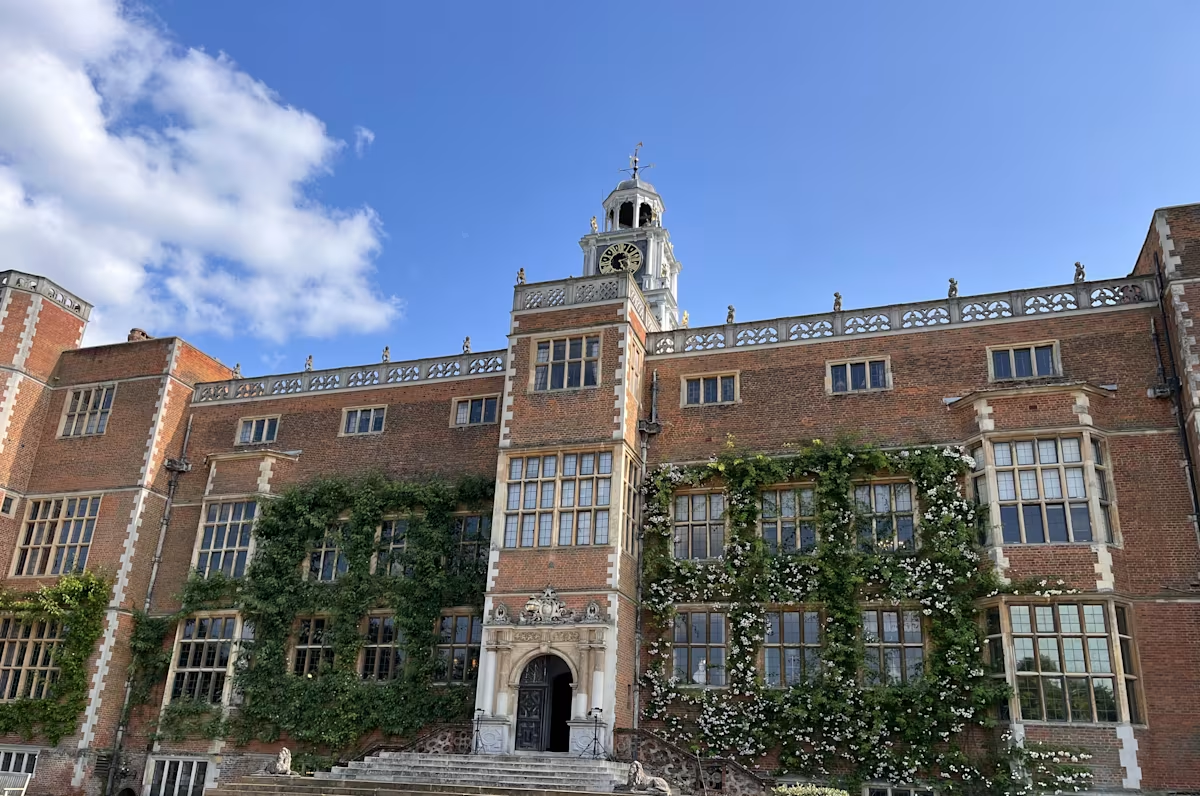
BY ASHUTOSH KHANDEKAR | FIRST PUBLISHED 21 JUN 2025
JS Bach Complete Cello Suites, BWV 1007–1012
Guy Johnston cello
Fundraising Gala for Hatfield House Music Festival
Hatfield House, Hertfordshire | 10 June 2025
It’s impossible to imagine now that Bach’s six Cello Suites were virtually forgotten after the composer’s death in 1750 until the very end of the 19th century, when Pablo Casals, aged 13, unearthed the scores in a second-hand music shop in Barcelona. Decades later, in the 1930s, Casals recorded all six suites, creating a benchmark for future cellists and establishing these extraordinary pieces as cornerstones of the Baroque repertoire.
Casals called the Suites ‘conversations with God’, a description that captures the intimate, spiritual and universal qualities of this music. They are deeply personal utterances, with the cello taking on a quasi-human dimension where the boundaries between instrument and player blur into one.
To hear all six Suites over the course of almost five hours on a perfect summer’s evening in Hatfield House, Lord Salisbury’s magnificent Jacobean mansion in Hertfordshire, was a memorable and possibly unique experience. The House, which Lord Salisbury jokingly referred to as a ‘modest suburban villa’ in his introduction to the evening, has a long association with music: the Cecil family were enthusiastic patrons of composers, especially in Tudor and Jacobean times.
Guy Johnston, one of today’s finest cellists and Artistic Director of the Hatfield House Music Festival, took on the epic task of performing these demanding works. The 1692 ‘Segelman’ Stradivari cello, currently on loan to Johnston, provided a perfect vehicle for his eloquent, easy-going virtuosity. The instrument oozes personality, from its sonorous bass to the bright, vivid upper strings, full of expressive possibilities which Johnston exploited to the full.

The Suites were performed in various rooms around Hatfield House, illuminating different facets of Bach’s music. The earliest parts of the building date back to 1611, more than a century before the Cello Suites were written (between 1717 and 1723), and in this historic setting the music seemed to chime with its surroundings. An audience of festival patrons took their place amid the drama of august Old Master portraits, vibrant tapestries, exuberant plasterwork and intricate carvings. Light, too, played its part in creating a theatrical mood, as late-evening sunshine flooded the house, bouncing off polished marble and gold leaf.
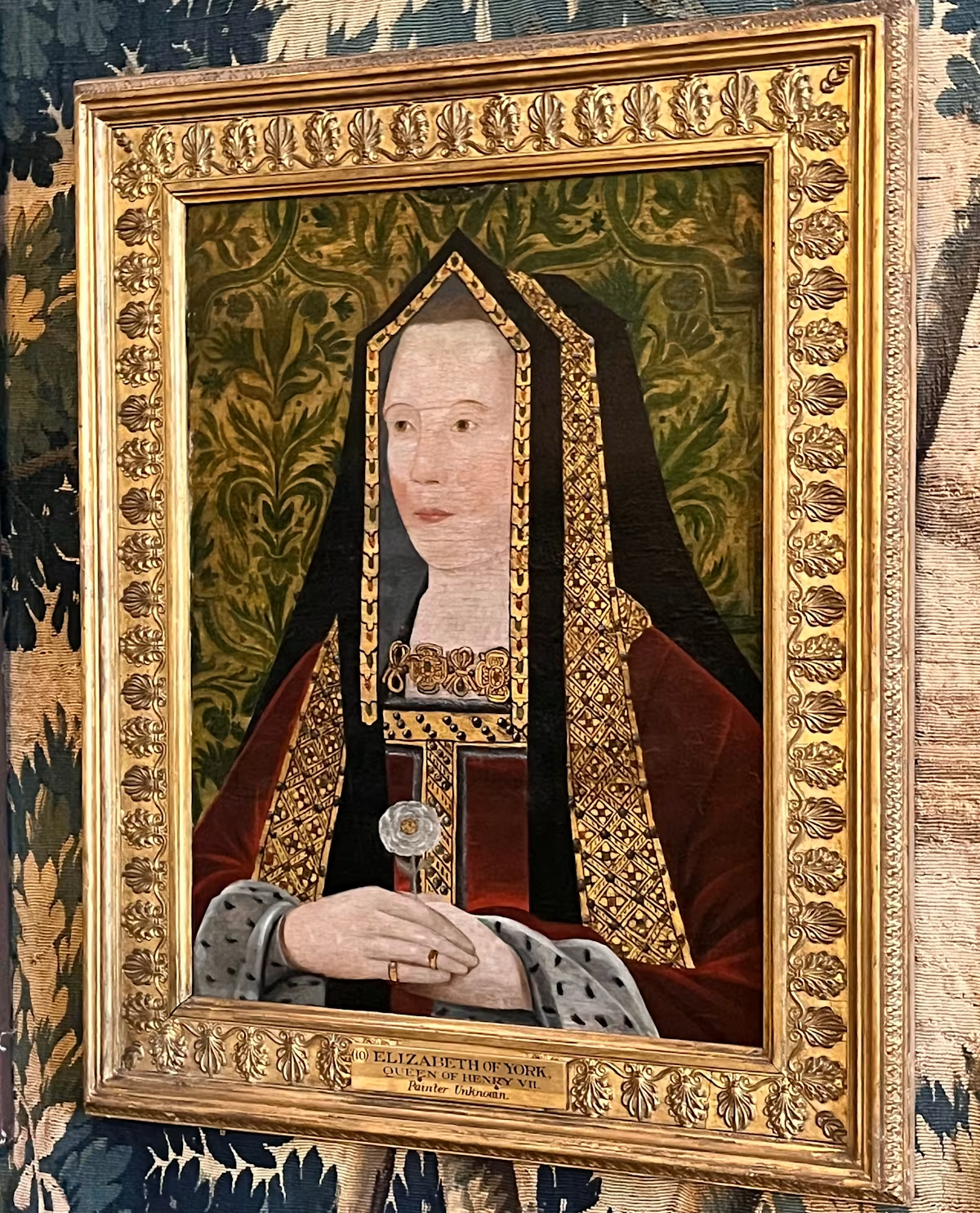
Hatfield’s Marble Hall was the grand setting for the Suite No. 1 in G. Johnston was instantly engaging, extending a welcoming hand to his audience in the famous opening Prelude with warm, confident playing. The chequered black-and-white stone floors and wood panelling added layers of brilliance and resonance to the harmonics of the (metal rather than gut) strings of the Strad. Johnston is an entirely unmannered performer, poised and unflappable. His energy in the Bach Suites is directed within towards the heart and soul of this music, though his performance never feels restrained or unyielding. Throughout the evening, genial Preludes gave way to soulful Sarabandes and elegant Minuets burst into fireworks of virtuosity in the concluding Gigues.

The move from the Marble Hall to The King James Drawing Room, dominated by a life-size statue of James I above the splendid fireplace, took us into another world. The space has the grandeur of the rest of Hatfield House, but here the effect is mellowed by soft furnishings, family photos and smaller art works hung informally against tapestries, so that it all feels less imposing than the main public halls. The sense of intimacy was well suited to the Suite No. 2 in D minor, showing Johnston in a reflective and soul-searching mood.
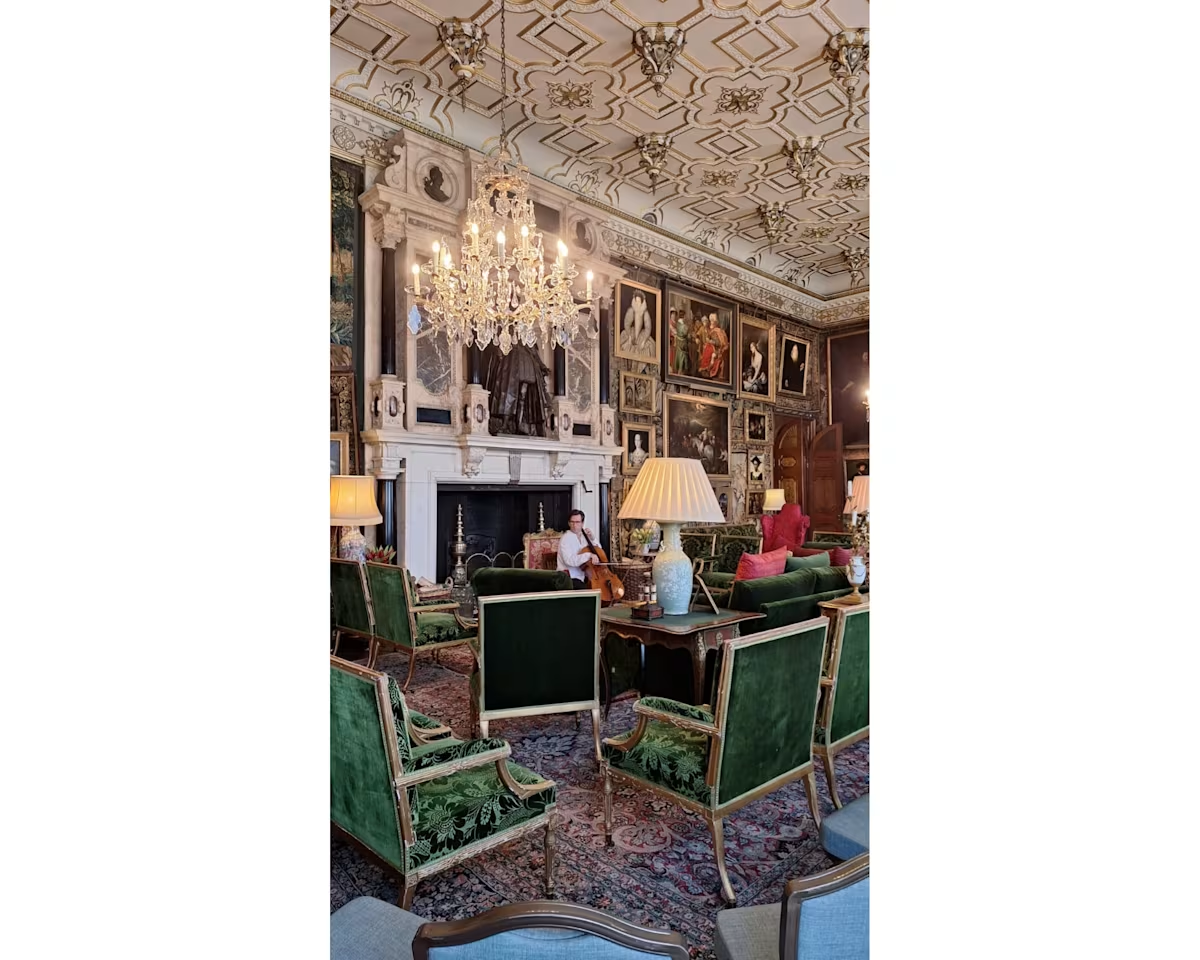
The great C major Suite (No. 3) formed the flamboyant centrepiece of the evening as Johnston got into his stride, bringing real swagger to the opening cascade of scales. The vast expanse of the Long Gallery, stretching 170 feet, glowed with sunlight as it struck bejewelled cabinets and played across the stunning gilded ceiling and infused Johnston’s playing in this supremely sunny, life-affirming piece.
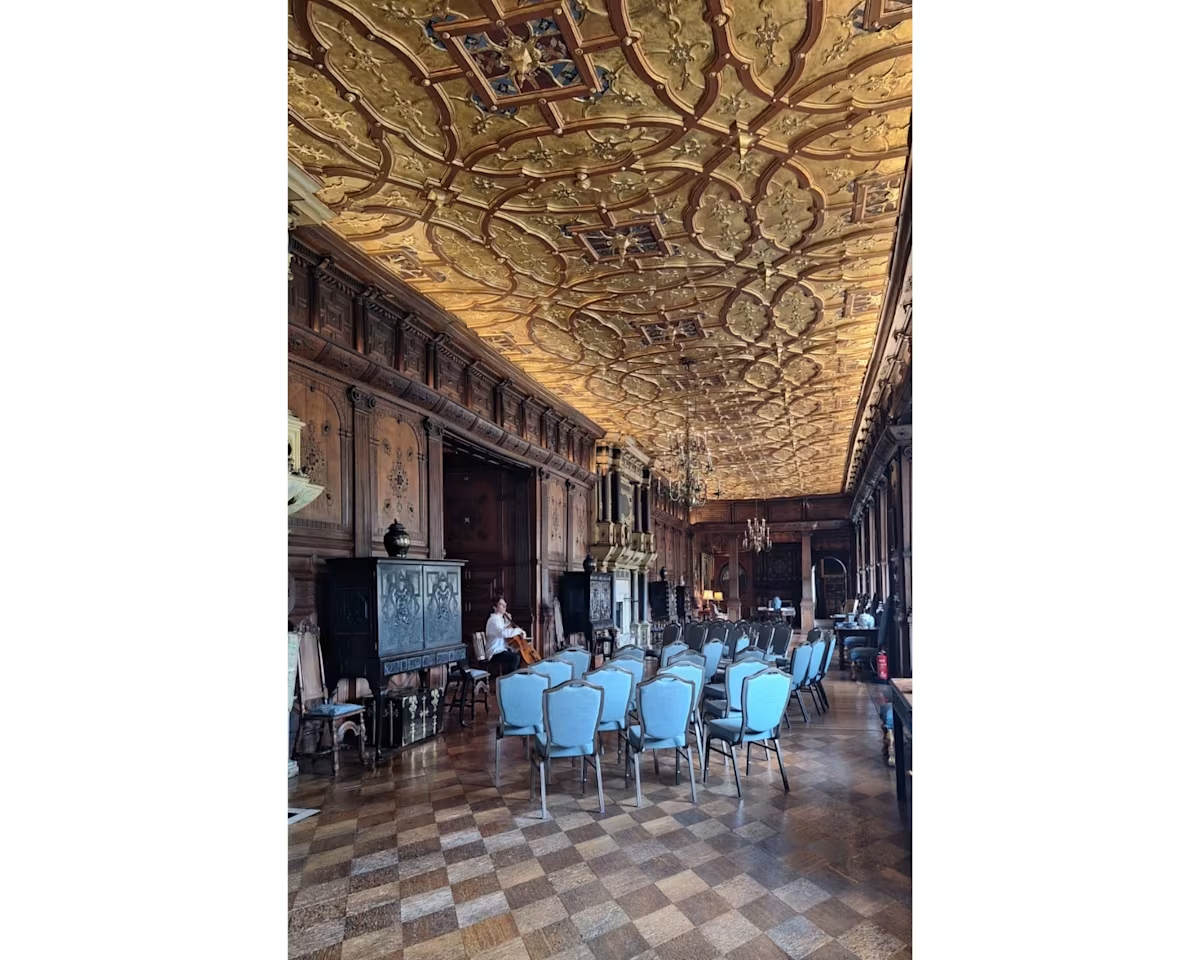
There was a complete change of atmosphere again on entering the Winter Dining Room, famous for its superb 17th-century English tapestries depicting the Four Seasons. Here, Johnston played perhaps the most unsettling of the Suites, No. 4 in E-flat, conjuring an enigmatic world of dark foreboding in which the intricate use of counterpoint and double-stopping present great technical challenges for cellists. The subdued acoustic of the room, the sound somewhat dampened by the wall hangings, was completely in tune with the contemplative, melancholic nature of this Suite.
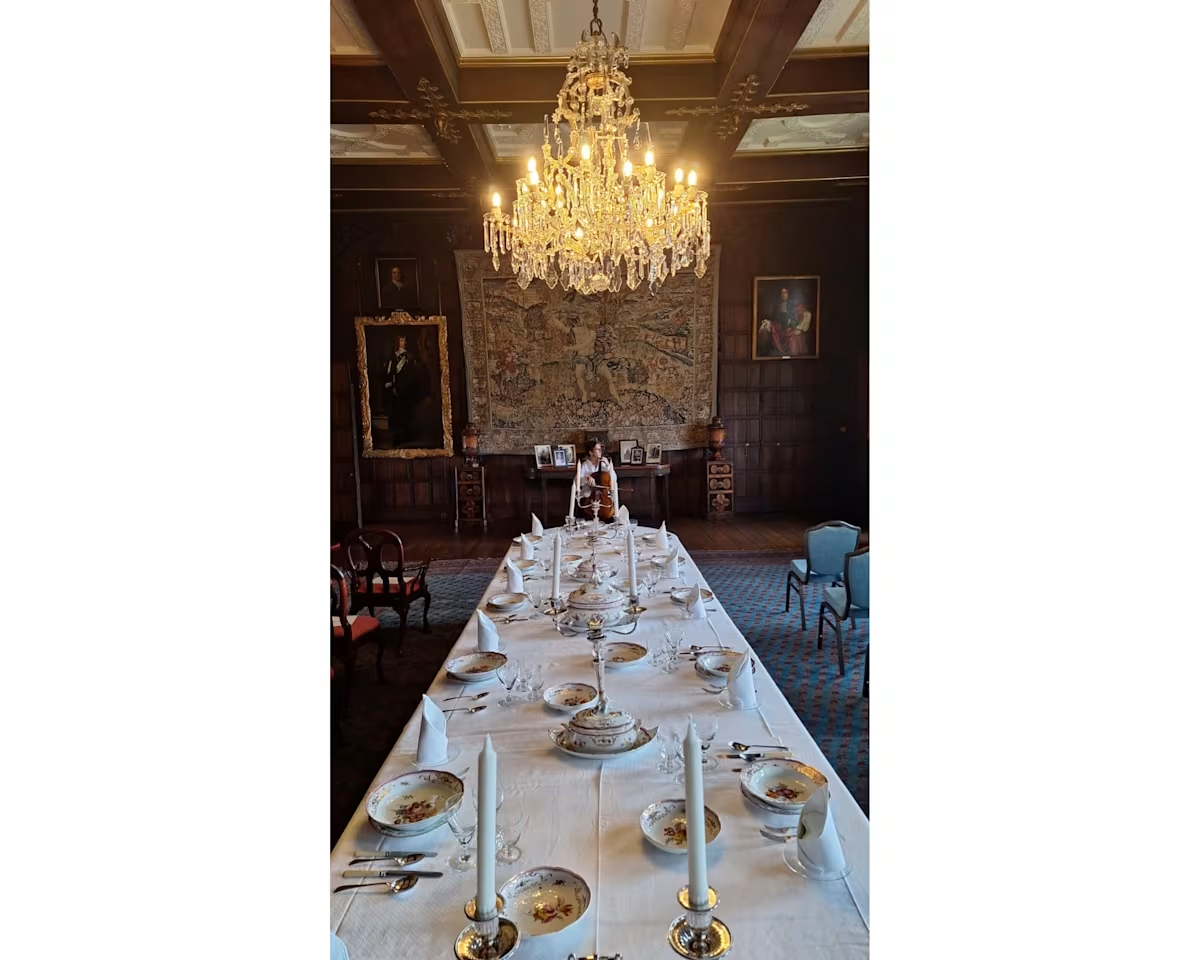
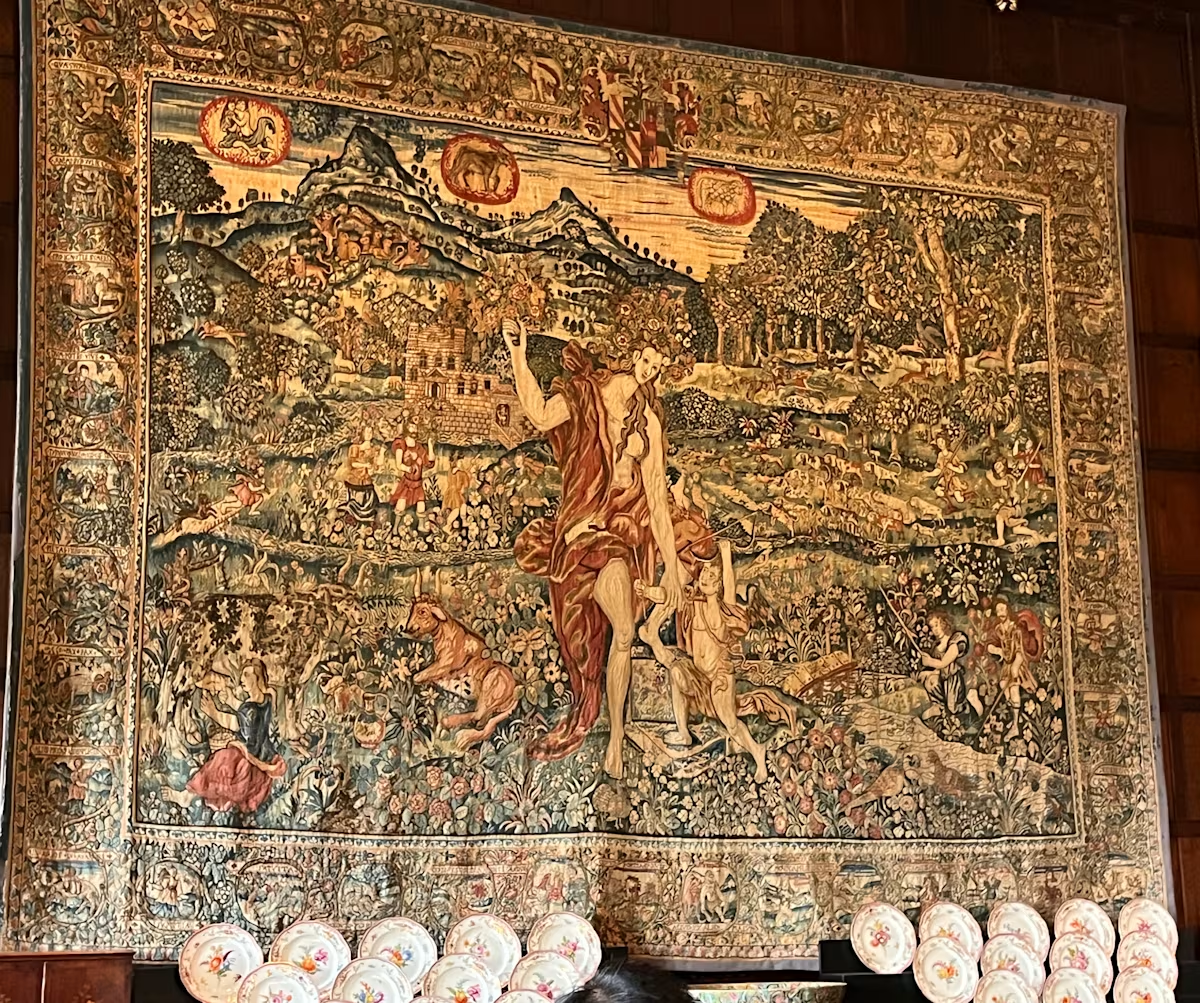
A narrow passageway took us into Hatfield House’s Chapel, all white marble and gold, with lofty galleries looking onto a stunning stained glass window depicting scenes from the Old Testament. In this setting, Bach’s Suite No. 5 in C minor assumed a spiritual dimension, with Johnston immersed in the meditative nature of the music. Bach specified that the cello’s A string should be tuned down to a G in this Suite, bring a murky sombreness to the tonality. Johnston is a perfect judge of the shifts of mood in Bach’s music, and here he gracefully navigated his way from the solemnity of the Suite’s opening movements, organ-like in the fugal writing, to the robust rhythms of the Gavotte and sprung poise of the closing French Gigue.
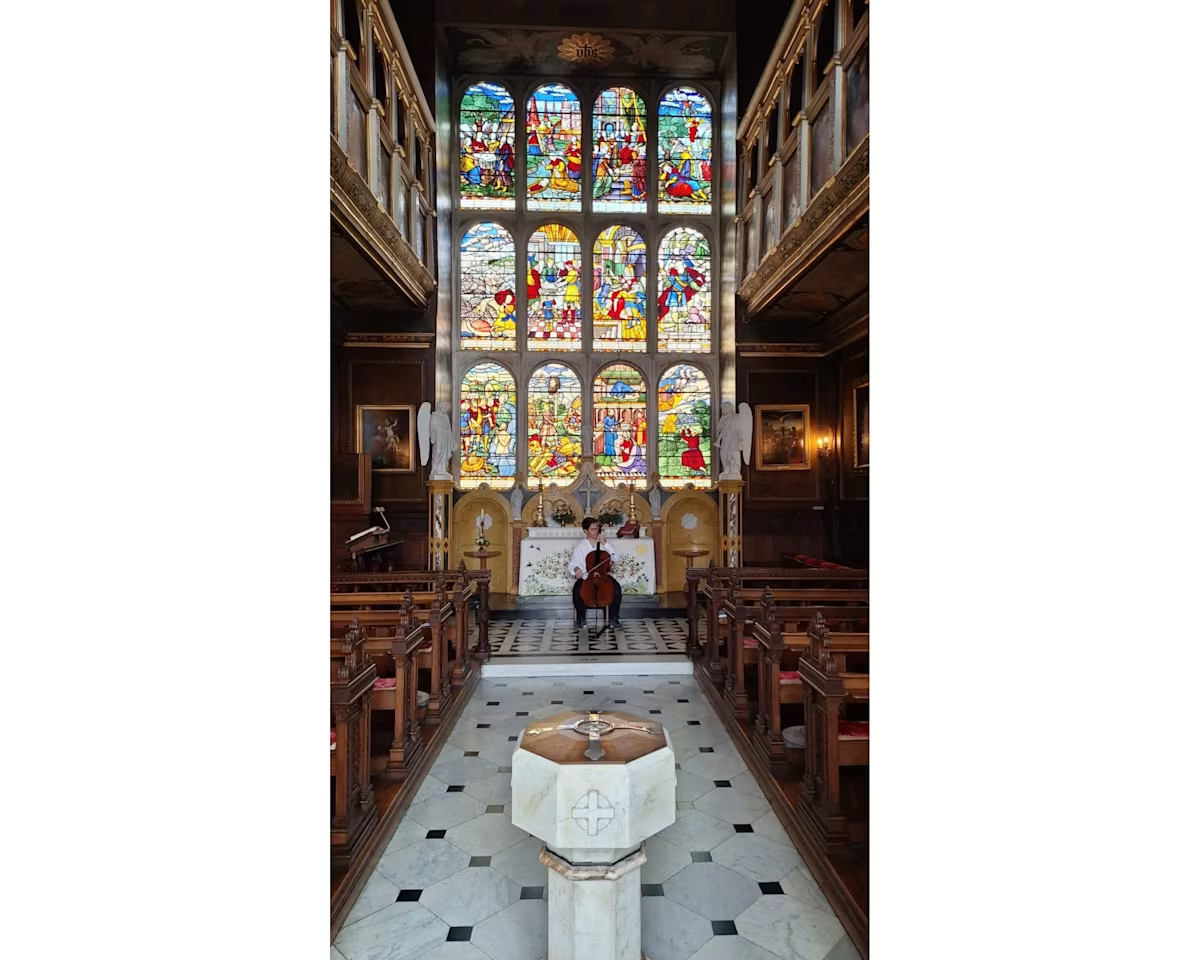
In conclusion, we returned to the Marble Hall for the final Suite. Originally written for a five-stringed instrument, (probably the violoncello piccolo, of which very few survive), the Suite No. 6 in D has its awkward corners for today’s cellist grappling with four strings. After a very long, rewarding evening of music-making, Johnston’s energy remained focused. This was a concentrated exploration of the nature and complexity of the cello’s sound world.
Do all six Cello Suites make sense as a ‘cycle’ performed in a single sweep? They certainly did at Hatfield House, where Bach’s masterpieces unfolded among art and architecture that might have formed the backdrop to the composer’s music during his own lifetime, bringing coherence to the distinct qualities of these works. In all this, Johnston proved to be a thoughtful, generous and indefatigable guide, taking his audience on a deeply enriching musical journey into the darkest corners of the soul and back into lightness of being and the joys of being alive.
As he took time to chat to the audience at the end of his exhausting marathon, Johnston told the Continuo team that a next step in his Bach journey might be to play the Suites on gut strings. ‘But before I get started,’ he said, ‘where do I find a five-stringed cello..?’
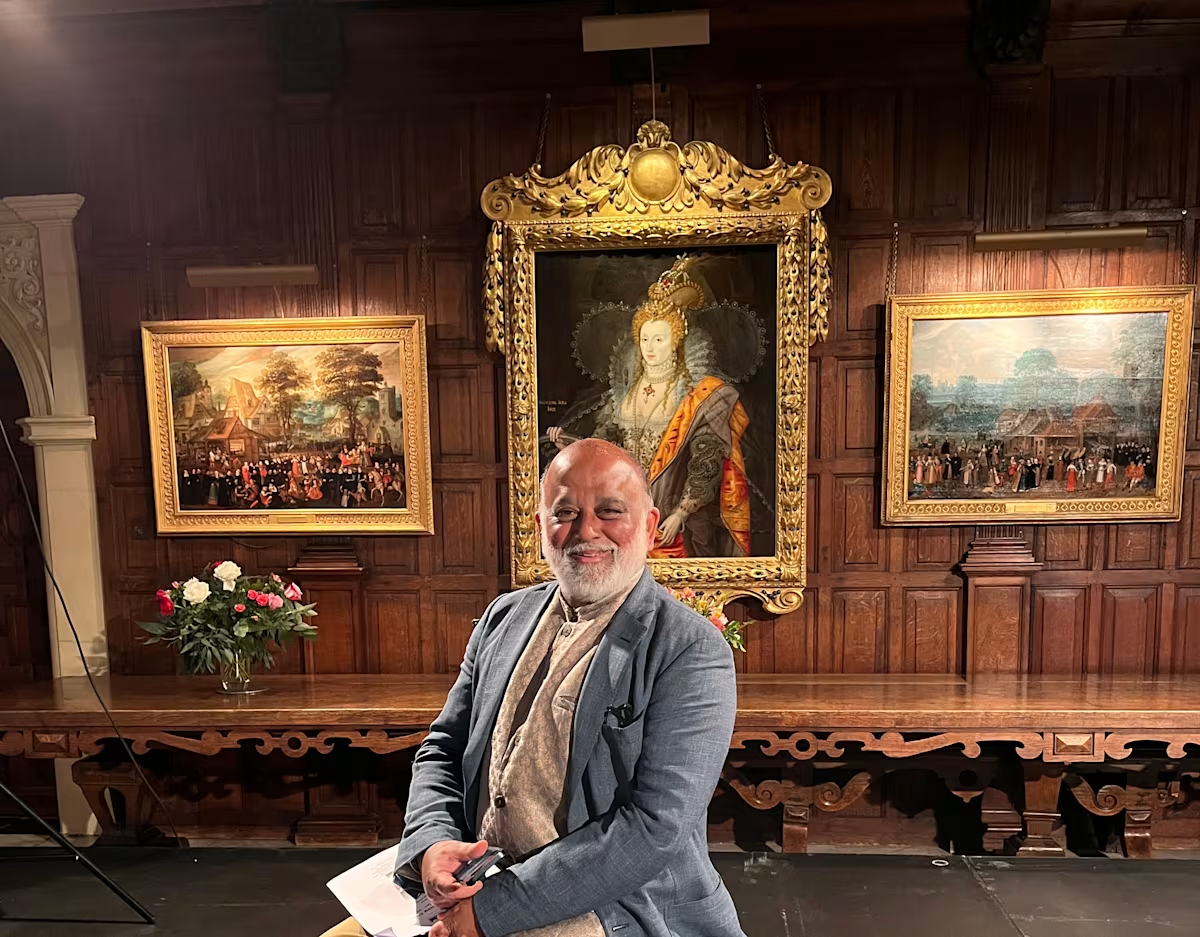
The 14th edition of the Hatfield House Music Festival takes place from 9 to 12 Oct 2025. Early Music highlights include:
9 Oct: The opening concert by pianist Mishka Rushdie Momen with works by Couperin, Byrd and Bull. The programme also includes Gibbons’s Pavane and Galliard ‘Lord Salisbury’ and William Byrd’s Pavana lachrymae after ‘Flow my tears’ by Dowland, paying homage to Hatfield House and its history.
10 Oct: Rachel Podger presents 'The Muses Restor’d' with Brecon Baroque colleagues. Music by Purcell, Handel, Geminiani and others.
11 Oct: Mid-morning Family Concert, 'Sharing the Gift of Music', with Purcell School players, including a workshop - 'Come and Sing Handel choruses' - in St Etheldreda’s Church.
12 Oct: The festival finale from Recordare, joined by Britten Sinfonia, in a programme pairing the first part of Handel’s 'Messiah 'with Tavener’s ‘The Protecting Veil' featuring Guy Johnston as soloist.
More information on our Hatfield House Music Festival page.
Share this
Keep reading
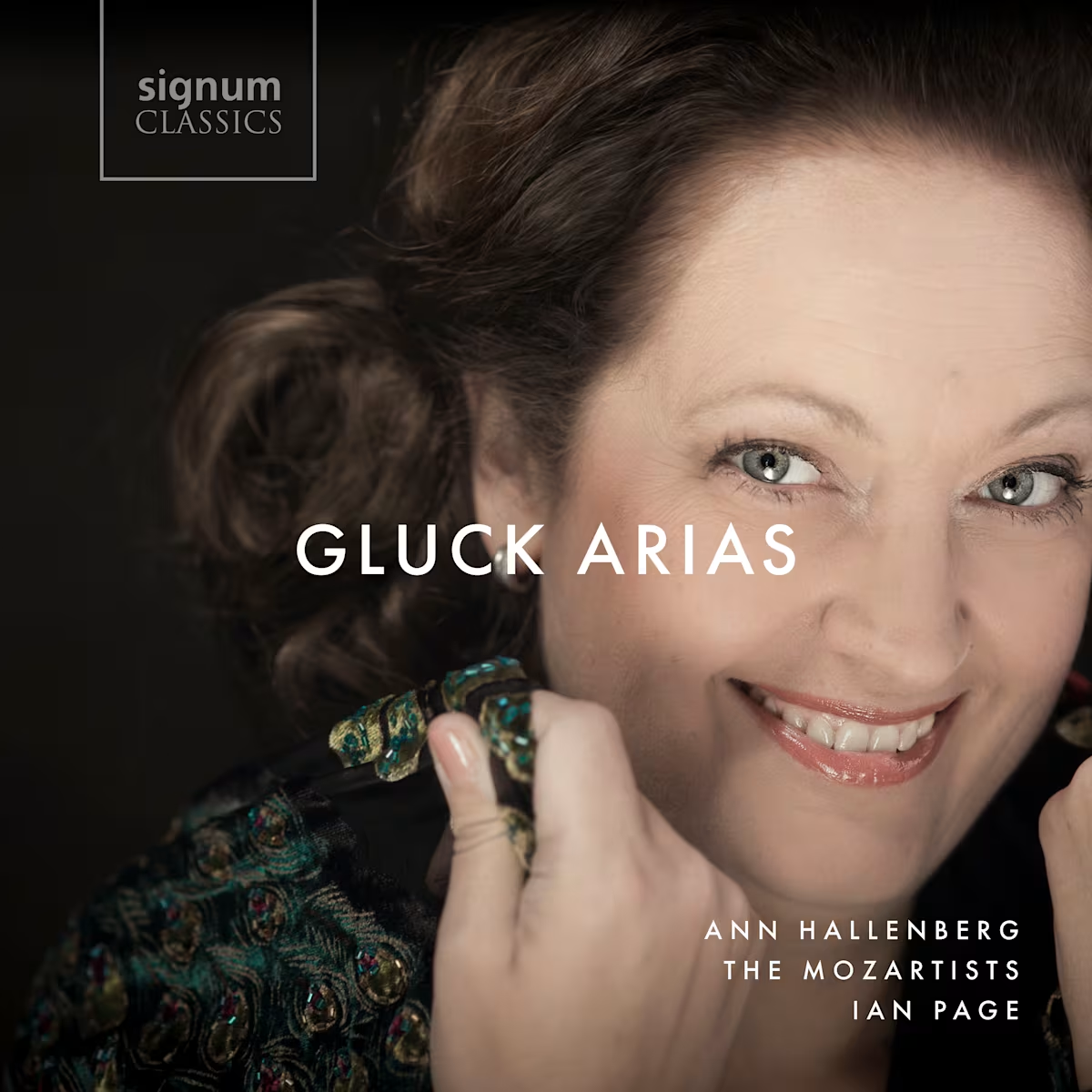
Gluck Arias | Ann Hallenberg with The Mozartists & Ian Page
Ian Page and The Mozartists’ latest recording for Signum Classics features a programme of Gluck arias sung by celebrated Swedish mezzo-soprano Ann Hallenberg.

Playlist: The Seasons
Journey through musical depictions of the four seasons, from Vivaldi’s best-loved concertos to other seasonal works by Purcell, Guido, Simpson, Haydn and more.
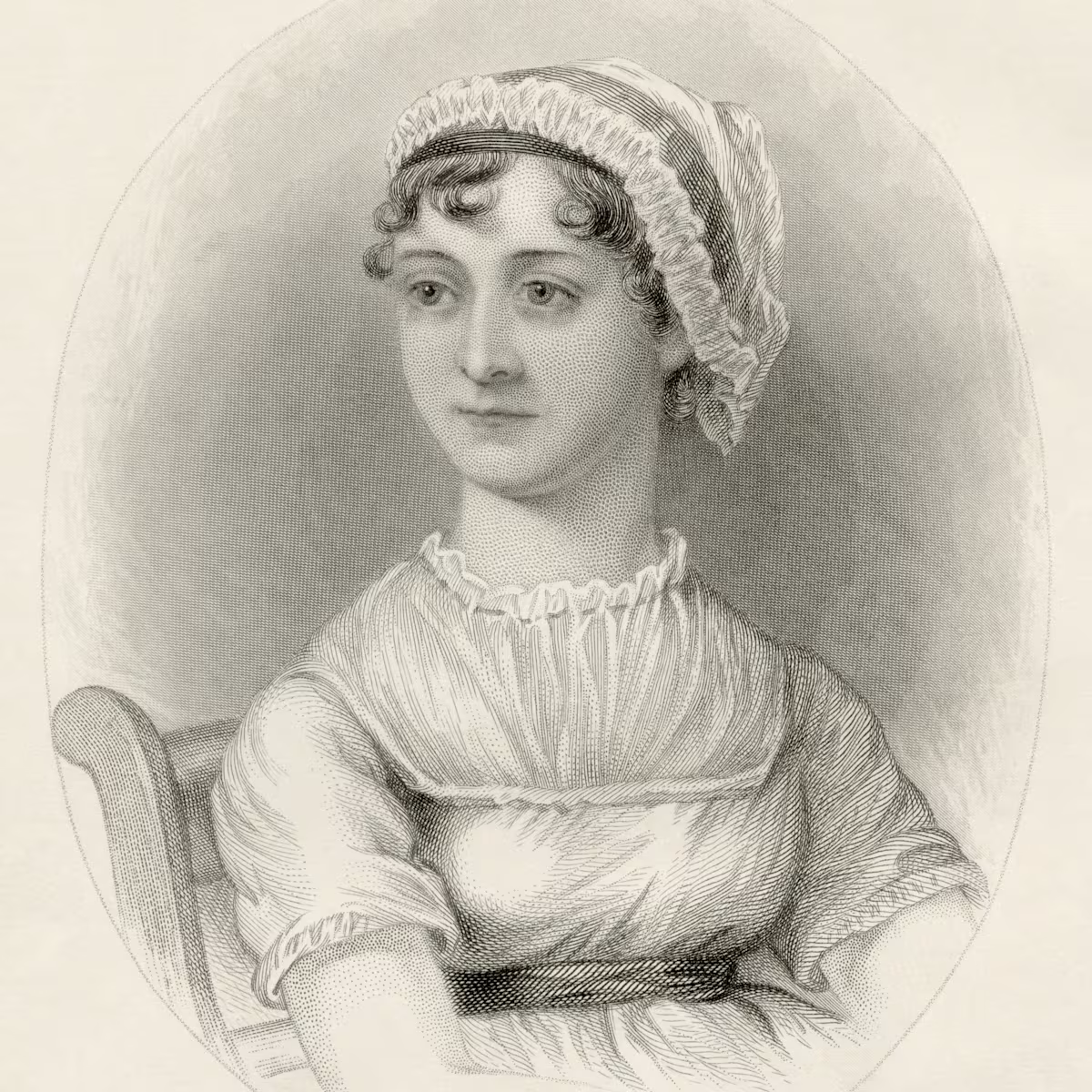
Senses, scores and square pianos
Ahead of Jane Austen’s 250th birthday on 16 December this year, Simon Mundy caught up with performers on their respective Austen-inspired projects.

